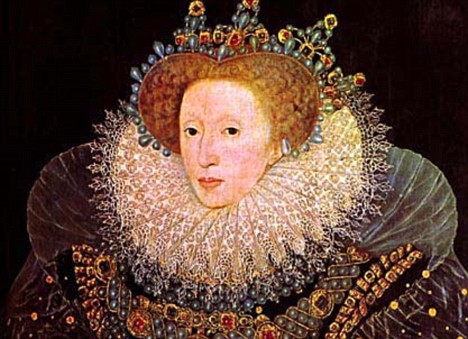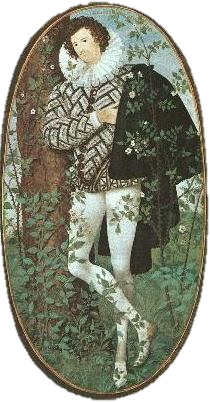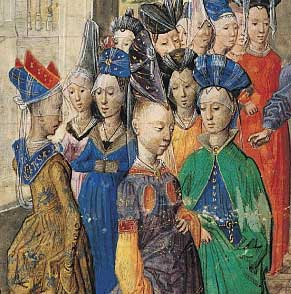




English Renaissance History
TODO paste into word to spellcheck Henry/Elizabeth are important
Introduction
- “Renaissance” is French for “rebirth”
- The period occurred during the 14th and 15th centuries, directly following the middle ages
- The bubonic plague, or “Black Death”, was in full effect when the Renaissance started. Due to this, much of Europe was in an economic depression.
Improvements in Technology
- The magnetic compass was greatly improved during the Renaissance.
- Cartographers began using information from explorers and travelers in their maps.
- Larger ships, called Galleons, became commonplace due to their use of sails instead of oars.
- Due to all these improvements and the economic depression, trading with far away countries became more and more common.
- The printing press, invented by Gutenberg in 1445, changed Europeon lives for good by allowing books and sheet music to be copied with extreme ease, leading to a large increase in affordable reading material. This also led to more diversity in the language books were written due to a more diverse audience. This alone immensly improved the overall literacy of the people while reviving the economy.
- Architecture improved greatly with the discovey of the “golden ratio.”
Monarchy: The Tudors
- The Tudor dynasty, consisting of Henry VII, Henry VIII, Edward VI, Mary I and Elizabeth I, maintained sovereignty for 118 years.
- The founder of the Tudor dynasty, Henry VII, did so by unifying the factions at war in the Wars of the Roses.
- He formed a royal bodyguard called the “Yeomen of the Guard”, greatly increased the royal income, and married his children to many powerful people from other countries.
- Henry VII married Elizabeth of York and created the heir to the throne: Henry VIII
- Henry VIII was known to be extremely intelligent, athletic, and a great hunter. But he was not interesting in government, leading Thomas Wolsey to become Lord Chancellor in 1515.
- He drastically improved the navy by adding nearly 50 more ships.
- The Protestant Reformation, and eventually the formation of the Church of England, went down while he was in power.
- Edward VI took over at the age of 9 when Henry VIII died. He, too, was extremely intelligent but far from physically fit. He was extremely protestant and passed this on to the Church of England.
- He married his son to Lady Jane Grey, making her the heir to the throne. When he died to tuberculosis, she took over.
- Jane resigned after 9 days and was later executed with her husband in 1554.
- Mary I became Queen Regnant, meaning she reigned on her own instead of from marriage to a king.
- She was removed from succession multiple times but never gave up her rule. She went on to restore the power of the Pope, reintroduce the Roman Catholic bishops, and eventually reinstated monastic orders.
- She married Philip, King of Spain, in hopes to have a child to become a Catholic heir to the throne. She never ended up having a child, so her half-sister Elizabeth took the crown when she died.
- Elizabeth’s reign of 45 years is considered one of the most glorious in history. She made a compromise between Roman Cathloicism and Protestantism, securing the Church and preventing any religious wars.
- She began colonialization be creating the East India Company in 1600.
- Known as the “Virgin Queen”, she never married anybody and instead focused on betterment the nation.
- Elizabeth was so successful that her date of accession was a national holiday for 200 years and she became a legend.